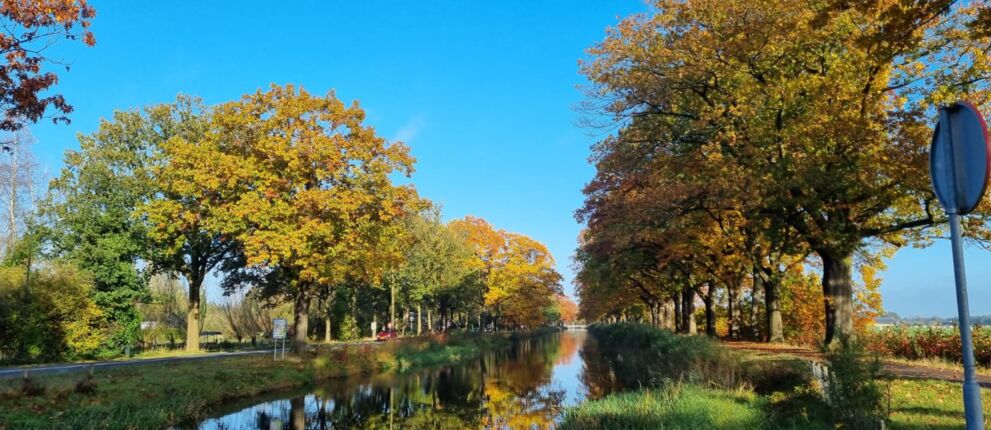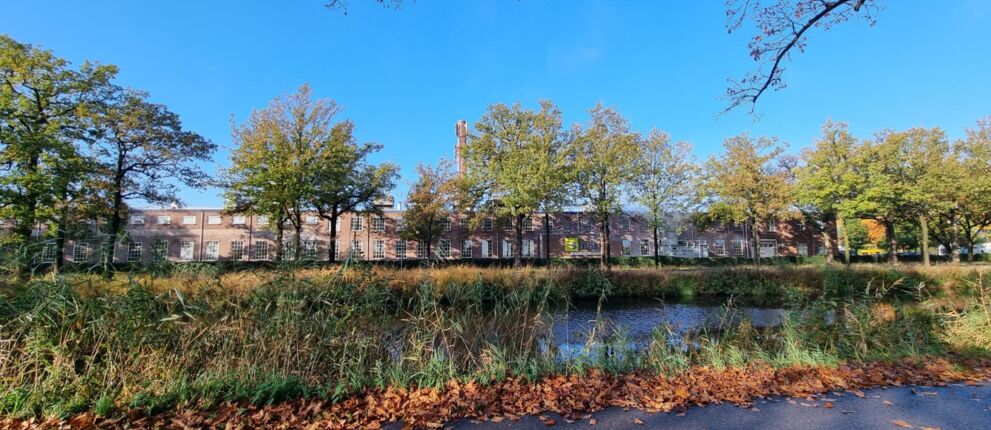
How our plant in Loenen reduced water consumption by a whopping 36%
How can we reduce water consumption in our plant? This was the question our Loenen site set out to answer this year. The results are pretty amazing – we’ve cut our water consumption by an incredible 36%. Karel Mulder (Assistant Production Manager Solid board Machine) and Hans Kloezeman (Production Manager) explain how they managed to achieve this. “It’s a combination of things, big and small, but together they make a huge difference.”
Smart use of water
Water plays a crucial role in the production of solid board packaging. At our plant in Loenen, we use water from the nearby canal or groundwater. Using water in the board machine and in various cleaning processes, we turn waste paper into a usable raw material.
Getting an outsider’s perspective
We’re committed to reducing our impact on the environment and our surroundings even more. At Smart Packaging Solutions, we are constantly looking for ways to do this. At our plant in Loenen, we’ve been able to radically reduce our consumption of canal water and groundwater. We took the first step at the beginning of this year when process technologist Ann Deschildre from one of Smart’s sister companies visited the plant. Hans: “Together, Karel and Ann mapped out the entire water management system. They looked at every stage of our water consumption process to pinpoint where we could use water more smartly or economically. Through analysing the process from start to finish, we identified many opportunities for savings. Everything – from big adjustments to small improvements – made all the difference. Karel took these ideas on board and put them into action, together with our technical department.”

Recycling water brings huge benefits
One of the biggest savings came from switching to white water – water we’ve used in the production process and cleaned in our water treatment plant – rather than canal water, in several stages of the process. Hans: “We now use cleaned process water for a number of machines where we previously used canal water. That makes a huge difference. And, even better, the process is as reliable as ever. Another big advantage is that, while canal water is about 17 to 18 degrees, white water often has a temperature of over 40 degrees. This helps old paper dissolve more rapidly, and makes the production process more efficient.”
“So, at every step of the process, we looked long and hard at the quality of water we really need,” says Karel. “Clean water isn’t essential for certain phases, for example when processing waste paper into new raw material. For that, we can also use process water that’s already been used in the process and which, although not entirely clean, is still usable. That saves an enormous amount of canal water. This clever approach to water flows means we can recycle more water.”
Small adjustments, big results
Apart from the big savings, we’ve also made a lot of small improvements. For instance, in several places we replaced spray nozzles with low-flow nozzles. This didn’t affect the power of the water jet, but considerably reduced consumption.
Another example is reusing cooling water. Karel: “Previously, the cooling water we used for the lubricating oil of the drying cylinders went straight to the treatment plant. That was about 350 litres per hour with a temperature of 45 degrees. Now, we channel this water to the glue plant, where its heat is used to make glue, thus using the water’s energy effectively.”
Smarter use of water
“This really was a collaborative project,”‘ says Hans. “Karel put the plans into action and our technical department made constant improvements during maintenance stops. It’s a combination of adjustments, big and small, but together they make a huge difference And that’s exactly why we do it: to use water smarter, and reduce our impact on the environment.”

And what does the future hold? Becoming even more sustainable!
Our plant in Loenen is proud of the results it has achieved, but is also looking towards the future. Our team continues to experiment with new nozzles, and there are plans to replace even more water flows with purified process water.
“We’ve reduced our water consumption by 36%, but we’re seeing ways to save even more,” says Karel. “What matters most is that we keep looking for ways to improve. It’s very satisfying to see that every adjustment, however minor, brings savings. Even if the savings are minimal at times, together they make a big difference. This is how we make our production methods progressively more sustainable.”